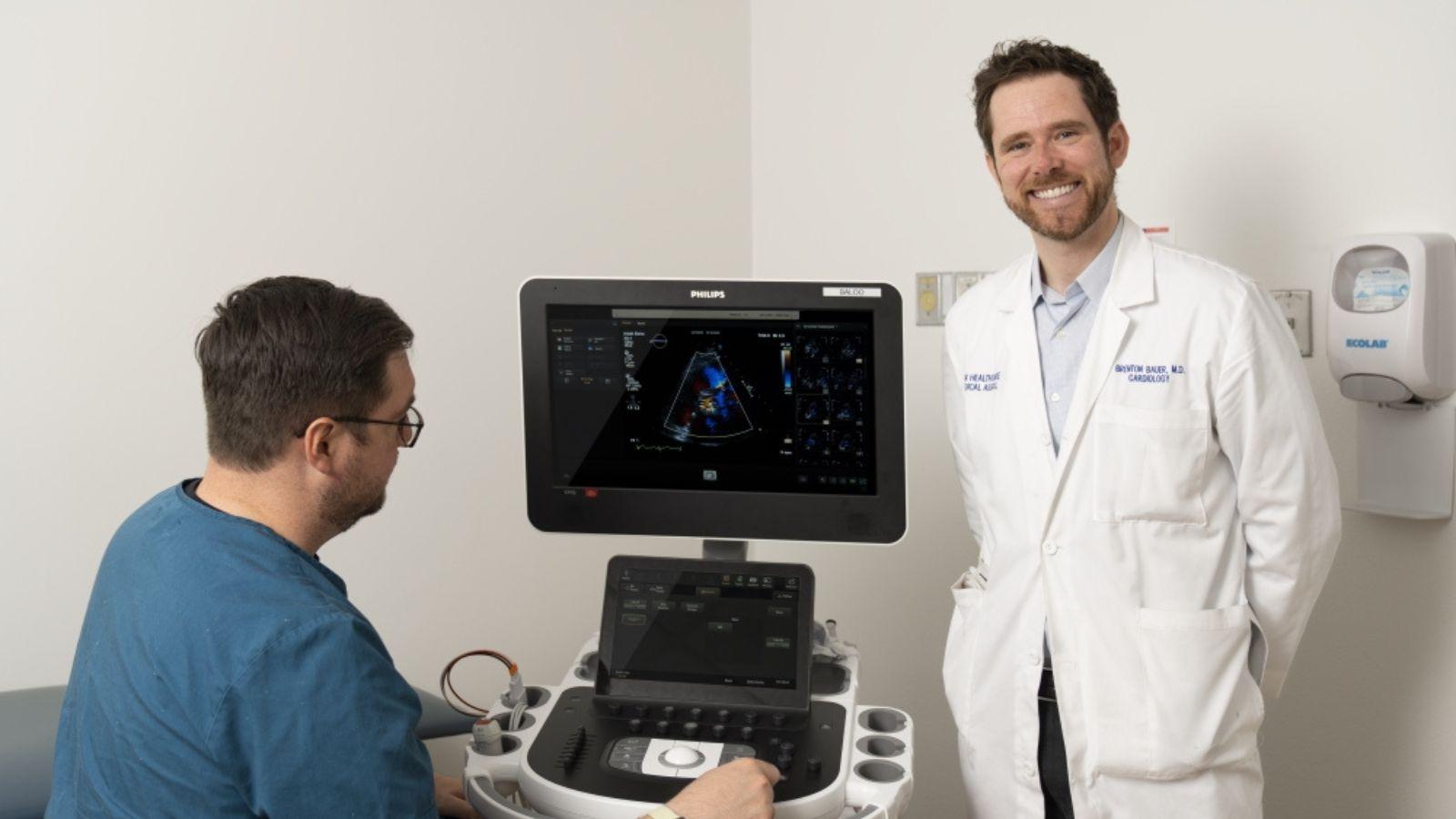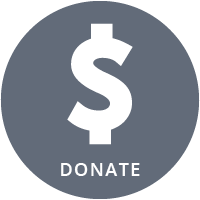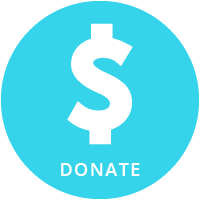
Written by John Ferrari | Photographed by Vincent Rios
The body is a system. More than that, it’s a system of systems: respiratory, cardiovascular, musculoskeletal and more. These systems interact and work together, so it’s no surprise an illness or treatment of one system can affect other systems. With increasing awareness of the complex interplay between the body’s systems, physicians have adopted a multidisciplinary approach to treatment.
At Torrance Memorial Medical Center, physicians, surgeons and other medical specialists work in teams to care for the whole patient. That’s why the hospital is investing in a cardio-oncology program. A relatively new specialty, cardio-oncology provides specialized heart care for patients undergoing cancer treatments. Patrons spoke with cardio-oncologist Brenton Bauer, MD, about this field and how it can improve outcomes for fighting cancer.
Briefly, what is a cardio-oncologist?
What I like to tell people is we are cardiologists with a special interest in patients fighting cancer. We help prevent heart conditions or treat heart conditions that developed as a result of a patient’s cancer treatments. The ultimate goal is to partner with oncologists to ensure we provide the most optimal treatments for cancer patients.
How did this specialty develop?
Back in the 1960s cancer treatments were very toxic, and we can track the birth of cardio-oncology to the ’60s and ’70s. The specialty has only gotten broad recognition in the last five to seven years though. Over the past 20 years or so, there’s been an explosion in oncology research and treatment modalities. It’s not just chemotherapy anymore. There are so many different types of cancer treatments available—and more in development. We’re learning so much about them and their effects.
How do cancer treatments affect the heart?
There are a lot of different types of cancer treatment, and they can affect the heart in different ways. Using radiation can affect the body beyond the targeted area. Other treatments can, for example, raise the patient’s blood pressure, so there are interactions and concerns with patients who already have high blood pressure and may face an increased risk of cardiac arrest.
Are cardiology treatments different for cancer patients than for others with the same cardiac conditions?
Cardio-oncology is not a one-size-fits-all specialty. It’s tailored to each patient—to cancer type, treatment type, types of radiation, if the patient has radiation therapy—all of this is considered in a cardio-oncology plan for monitoring and treatment specific to the patient. We consider what may be useful to prevent cardiac conditions and monitor for the development of any cardiac condition. There’s increased monitoring and surveying for heart toxicity. This extends beyond the course of cancer treatment. Due to prolonged cancer treatment that can damage the heart, cancer survivors are at risk of developing heart disease as they get older, so we continue to check in after the cancer treatment is complete.
Can cardio-oncology treatments begin before the cancer treatment?
Yes, it’s called pre-hab. We work to get patients in the best shape possible through cardio-pulmonary conditioning and dietary changes, if appropriate. This can be preventive in and of itself—people do much better when they enter cancer treatment in good shape. Pre-hab emphasizes actions patients can take themselves without medication. Besides the physical benefits, pre-hab gives patients some control in a very uncontrolled environment. Having some pieces they can control, through dietary or exercise changes, can help them stay healthy physically and psychologically. It promotes a positive mental outlook, and that really helps. Mood disorders have a direct correlation to cardiac conditions—what’s called the mind-heart connection.
How are oncologists working to identify and minimize the side effects of cancer treatments?
Oncologists and oncology researchers have been doing this all along. Some types of cancer are very rare, which can make it difficult to identify all the possible side effects of treatment for a particular cancer. In cardiology, when we have trials for a new treatment, we have 5,000 or 10,000 people in the study. Cancer research doesn’t have the luxury of the numbers and time to get that kind of data, so we build knowledge from post-approval surveillance and monitoring. Some toxicities may be picked up in the years coming after approval, when tens of thousands of patients are on the treatment. We’re always trying to prevent a cardio toxicity or vascular toxicity in the very early stages of the development of a new treatment. It’s a very dynamic and changing landscape, so there are advantages to receiving care from a hospital like Torrance Memorial, which offers a multidisciplinary approach to treatment.
Your own specialties include preventive cardiology and advanced imaging techniques, as well as cardio-oncology. How much time do you spend on cardio-oncology?
Cardio-oncology is a growing focus and a new program. You have to build the program, and that’s what I’ve come here to do. It’s difficult to give numbers—the different areas of practice overlap—but certainly I spend more time on cardio-oncology now than five years ago, about half my time now. I wear a lot of hats, but cardio-oncology is my main passion. It’s very satisfying because I’m still coordinating patient care with other specialists, but I also have my own specialty and expertise. It gives me the chance to intervene early and guide care.
How are you building the cardio-oncology program at Torrance Memorial?
It’s an extremely multidisciplinary specialty, and I’ve been working with oncologists and other specialists to increase awareness of what cardio-oncology can offer. It’s becoming a very robust program at Torrance Memorial—and the only cardio-oncology program in the South Bay. Building the program requires personal interaction. At the end of the day, medicine is still the practice of treating human beings. That’s the art of medicine: It’s human beings treating other human beings. •






